Editorials
Seattle 165b Exit: Find Out Why Drivers Just Keep Crashing!!
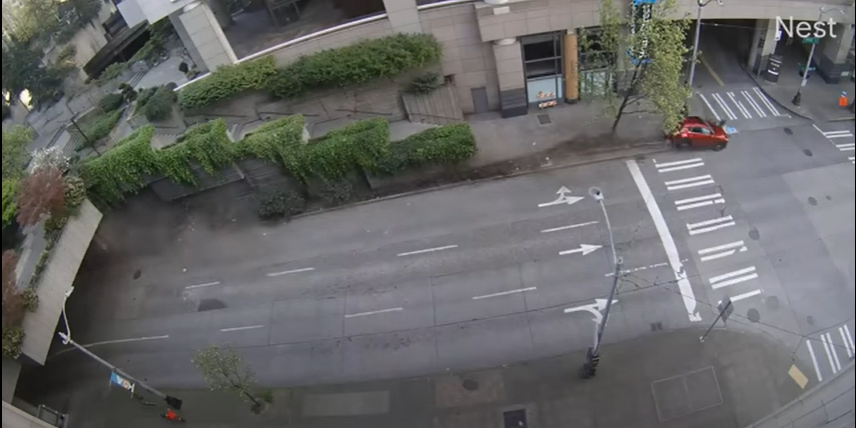
Seattle 165B Exit stands out as a groundbreaking addition to Seattle, Washington, renowned for its vibrant tech scene and entrepreneurial spirit, and is constantly evolving to accommodate the needs of its thriving community. Among the many developments that have shaped the city’s landscape, This transformative infrastructure project is poised to become a gateway to innovation and growth for the city and the region at large. In this article, we will explore the significance, and potential impact of the Seattle 165B Exit on Seattle and Why Motorist can’t just stop crashing into it.
Seattle 165b Exit: Why Drivers Just Keep Crashing!!
Seattle, a city known for its picturesque landscapes and innovative tech scene, also has a reputation for its unique freeway arrangement downtown. Locals are well aware of the challenges posed by the downtown freeway system, including the disorienting stretch around the Convention Center. However, one particular exit, the Union Street Exit (165B), has garnered a notorious reputation for its dangerous and confusing design.
For drivers exiting the freeway via the Union Street off-ramp, the experience can be nothing short of nerve-wracking. The abrupt transition from a high-speed freeway to a sharp, nearly 90-degree turn at a 20 mph recommended speed limit can catch even the most experienced drivers off guard. To add to the complexity, the exit is situated within a tunnel, exacerbating the disorientation felt by motorists.

Seattle 165b Exit
Living in close proximity to this ill-conceived exit, I decided to capture the experience using a GoPro mounted on a Kia EV6 test vehicle. The resulting point-of-view (POV) video provides a moderate-paced depiction of the exit, giving viewers a glimpse of what to expect. It’s worth noting that the Washington State Department of Transportation made some changes to the ramp in 2021, based on numerous complaints.
While the modifications primarily focused on improving signage visibility, such as adding clearer directional signs and a “20 MPH” advisory label, the fundamental design of the off-ramp remained unchanged. Reflective tubular barriers were also installed along the curve to distinguish the exit ramp from a Hot Wheels loop-de-loop track.
Despite these signage improvements, it is clear that the overall design of the off-ramp remains woefully inadequate. Upon exiting the tunnel, drivers are suddenly thrust into a brightly lit environment with a short distance to the 7th Ave intersection. Compounding the challenge is a hazardous curb right at the end of the exit’s radius, which has caused numerous vehicles to collide with it and sustain additional damage.

Seattle 165b Exit
The intersection itself is situated on the edge of a bustling pedestrian area, with nearby shopping, businesses, and the convention center attracting a considerable crowd. This convergence of foot traffic and bewildered drivers adds an extra layer of danger. While it is uncertain how frequently accidents occur at this location, a compilation of crashes on YouTube, spanning four years, showcases the inherent challenges faced by the intersection of old surface street infrastructure, an interstate freeway, and modern traffic patterns.
Attempting significant alterations to the off-ramp’s physical layout would undoubtedly be a monumental undertaking due to the existing constraints. However, it is essential to gather data on the efficacy of the recent signage improvements. The hope is that the enhanced signage will effectively guide drivers and mitigate potential accidents.
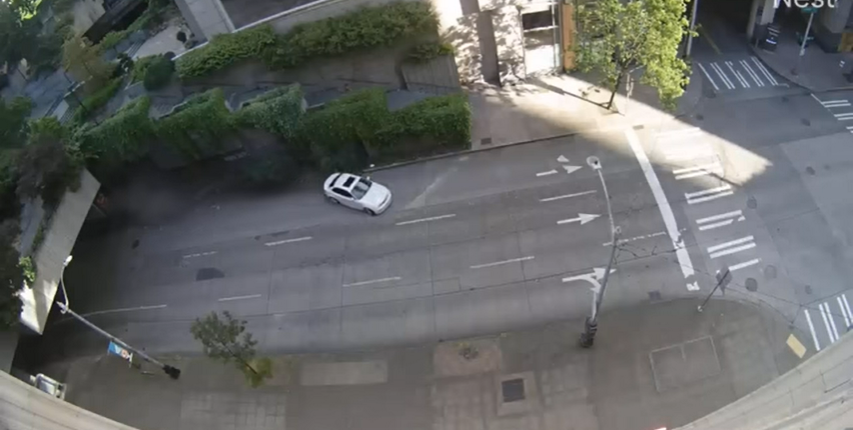
Seattle 165b Exit
Seattle’s Union Street Exit (165B) presents a perplexing challenge for motorists attempting to navigate the city’s downtown freeway system. While efforts have been made to improve signage and increase visibility, the fundamental design flaws of the off-ramp persist. As Seattle continues to evolve, it is crucial for city planners and transportation authorities to prioritize the safety and efficiency of its freeway infrastructure, ensuring that future designs offer a smoother and more intuitive transition from high-speed freeways to surface streets. Let us take a look at the significance, and potential impact of the Seattle 165B Exit on Seattle
Connecting Communities:
The Seattle 165B Exit, a major highway interchange project, plays a vital role in connecting various neighborhoods and communities within the city. Designed to alleviate congestion and enhance traffic flow, this interchange fosters accessibility, making it easier for residents, businesses, and visitors to navigate the region efficiently. By reducing travel times and improving connectivity, the 165B Exit serves as a catalyst for economic development and collaboration.
Boosting Economic Opportunities:
Infrastructure projects like the Seattle 165B Exit have far-reaching economic implications. By facilitating smoother transportation, the interchange opens up opportunities for businesses to expand their operations, attracting new investments and stimulating job growth. The improved connectivity also benefits workers by reducing commute times and providing easier access to employment centers. Additionally, the project enhances logistics and supply chain efficiency, boosting trade and commerce in the region.
Supporting Innovation and Technology:
Seattle has long been recognized as a hub for innovation and technology, hosting some of the world’s most influential tech companies and startups. The Seattle 165B Exit aligns with the city’s vision of fostering innovation by providing a streamlined transportation network to support research and development centers, incubators, and technology parks. With improved accessibility, entrepreneurs, researchers, and innovators can collaborate more effectively, leading to breakthroughs and advancements in various fields.
Sustainable Development:
Environmental sustainability is a key consideration in modern infrastructure projects, and the Seattle 165B Exit is no exception. The project incorporates sustainable practices such as eco-friendly construction materials, green spaces, and integrated public transportation options. By encouraging alternative modes of transportation and reducing reliance on individual vehicles, the interchange contributes to the city’s overall sustainability goals, including reducing carbon emissions and improving air quality.
Enhancing Livability:
Seattle’s commitment to enhancing the quality of life for its residents is evident in the design of the 165B Exit. The project incorporates features that prioritize pedestrian and cyclist safety, with dedicated paths and improved accessibility for non-motorized transportation. The interchange also integrates with existing public transit systems, providing better connectivity and reducing congestion on city streets. These efforts create a more livable cityscape, encouraging active lifestyles and fostering a sense of community.
Editorials
Mass Shooting in Chicago’s Altgeld Gardens Leaves Four Injured, Allegedly Retaliation for Mello Buckzz!!
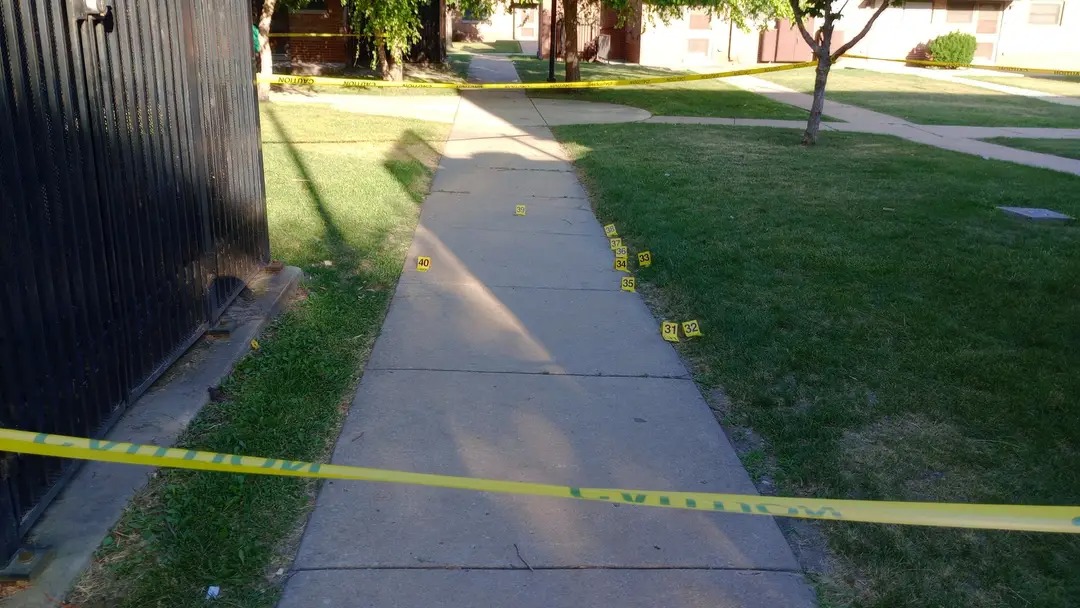
Chicago, IL – July 3, 2025 – A mass shooting in the Altgeld Gardens neighborhood on Chicago’s South Side, that many in the streets have called a retaliation for the Mass Shooting earlier at rapper Mello Buckzz Album release party has left four people wounded in the early hours of Wednesday morning, marking another violent incident in a city grappling with gun violence.
Details of the Shooting
According to Chicago police, the shooting occurred around 3:17 a.m. in the 600 block of East 133rd Street. A group was gathered outside when unknown assailants opened fire, striking four individuals.
The victims include:
-
A 21-year-old man, shot in the arm and thigh, transported to the University of Chicago Hospital in critical condition.
-
A 31-year-old man, suffering multiple gunshot wounds, taken to Christ Hospital in critical condition.
-
A 29-year-old woman, shot in the arm, who self-transported to Christ Hospital in stable condition.
-
A 29-year-old man, shot in the shoulder, who initially went to Roseland Hospital before being transferred to the University of Chicago Hospital in serious but stable condition.
No suspects have been identified, and Area Two detectives are investigating the circumstances surrounding the attack.
Community Reactions
The shooting has sparked outrage and frustration among residents, with many questioning the effectiveness of crime reduction efforts.
-
Suzanne Etsch commented, *”So in a 24-hour period, at least 22 people shot. Both were mass shootings. Can’t wait to see the total Monday morning.”*
-
Courtney Faull-Basile questioned the narrative on gun violence, asking, “Crime is down, mass shootings are up. Why aren’t we worried about the mass shooters’ mental health or access to guns this time?”
Others, like Ricky Moore, called for unity, saying, “We have to start fasting and pray so our people will stop all the hate towards one another.”
Broader Context of Chicago Violence
This incident follows a troubling trend of mass shootings in Chicago, despite official claims of declining crime rates. Just last month, a similar attack in another South Side neighborhood left multiple victims wounded.
Critics, including Lee Kirk, blamed political leadership, referring to the city as “Brandon’s Chicago,” a likely reference to Mayor Brandon Johnson. Meanwhile, Marc Sims noted that most violent crimes occur within interconnected networks rather than as random acts.
As investigations continue, Chicago residents brace for what could be another violent holiday weekend.
-

 Entertainment3 years ago
Entertainment3 years agoIs Frankie Lapenna Butt Real? Find About About Frankie Lap!!
-
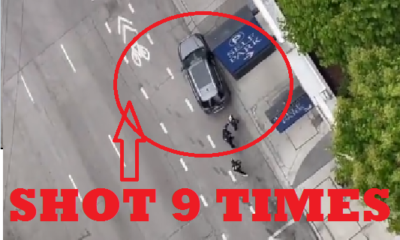
 Entertainment5 years ago
Entertainment5 years agoLil Reese shot in downtown Chicago! Watch The Crime Scene CCTV Video!!
-

 Entertainment5 years ago
Entertainment5 years agoRapper Pooh Shiesty Caught On Video With A Trans Woman! Is He Gay?
-

 Entertainment4 years ago
Entertainment4 years agoWhat Happened To Cody Lane?
-

 Entertainment5 years ago
Entertainment5 years agoPastor Claudia Jaramillo: Redefining Leadership and Womanhood on the Pulpit
-

 Entertainment5 years ago
Entertainment5 years agoCorinna Kopf Photos Hours After She Joined!! Who is Corinna Kopf?

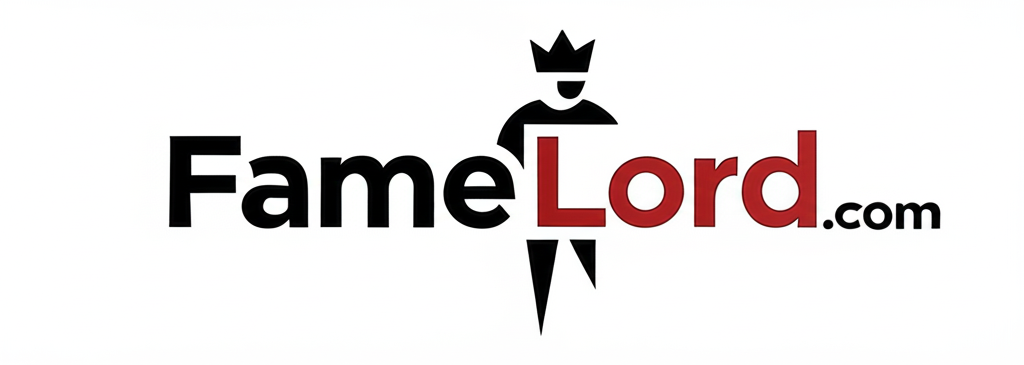




![Kodak Black - Last Day In [Video]](https://famelord.com/wp-content/uploads/2021/06/Screenshot-178-80x80.png)